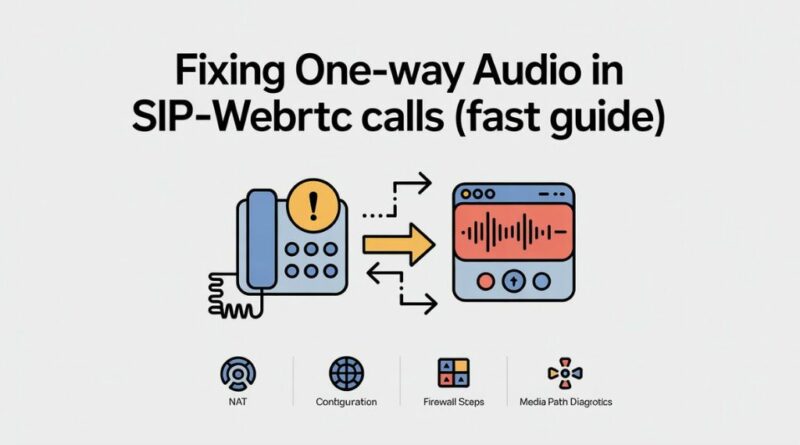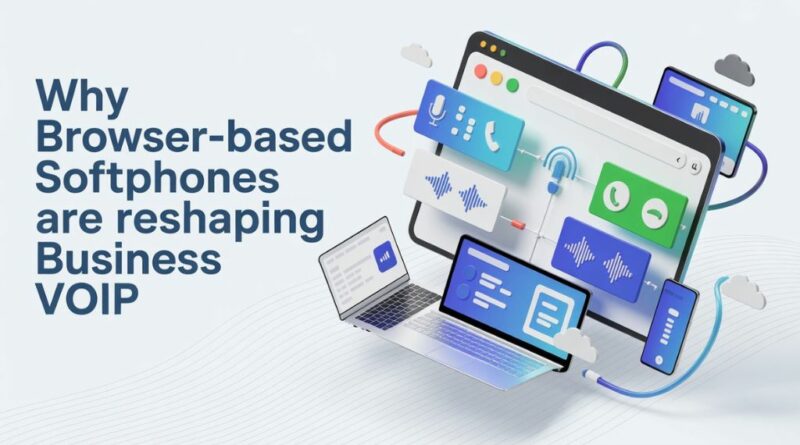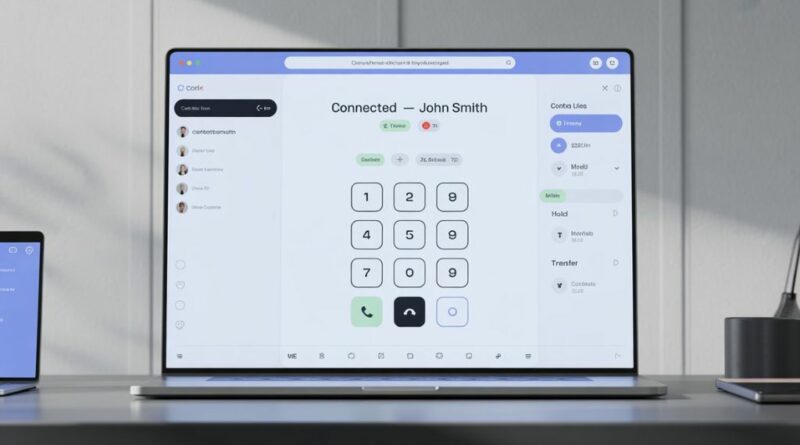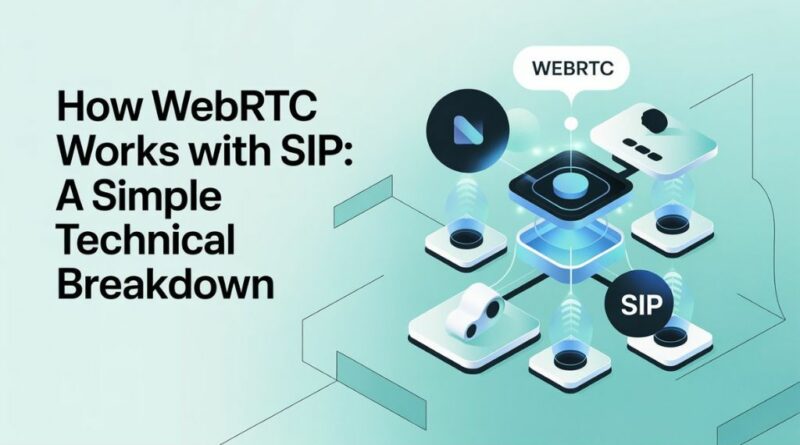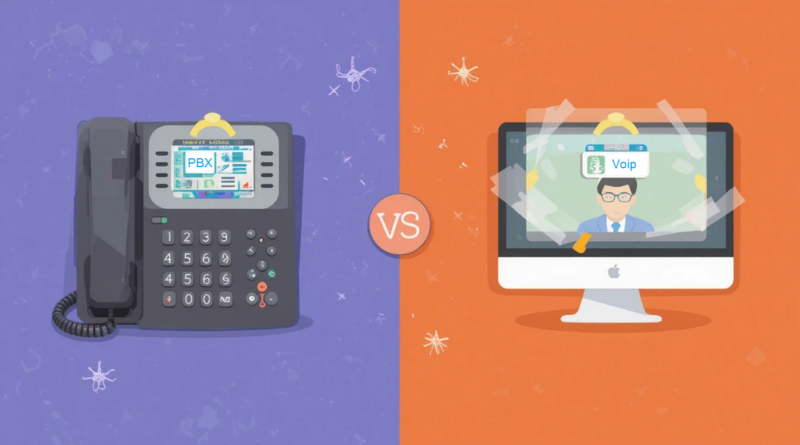Fixing One-Way Audio in SIP–WebRTC Calls (Fast Guide)
One-way audio is the most common (and most frustrating) issue when you connect browsers to a SIP PBX. The call rings, you answer, and only one party can hear the other. The good news: it’s almost always solvable with a methodical checklist that targets signalling, NAT traversal, and media paths.
Read more